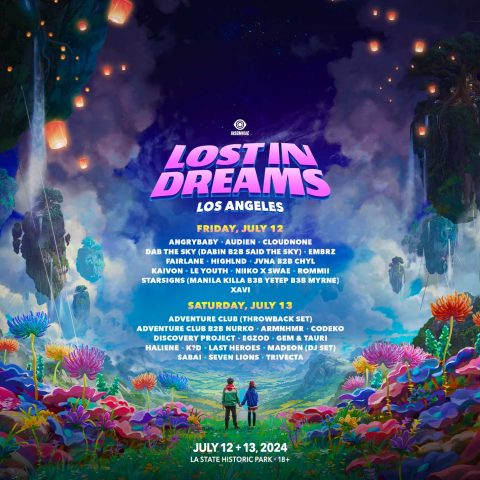The Next Big Historical-Supernatural Hit? Inside John Baniszewski’s Literary World

When prestige horror meets American history, something rare happens—you stop watching for jump scares and start listening for ghosts. These days, when streamers are chasing the next Midnight Mass, True Detective, or The Haunting of Hill House, a quiet storm is brewing out of Gettysburg in the form of The Devil’s Den.
Written by John Baniszewski, a former NASA project manager turned battlefield guide, these stories from The Devil’s Den read less like historical fiction and more like a ready-made slate of limited series, each dripping with cinematic atmosphere and spiritual weight.
These narratives, individually released as standalone books, shimmer with cinematic potential, offering atmospheric settings, critical character arcs, and moral dilemmas. One could say, Baniszewski doesn’t just craft ghost stories. He resurrects the emotional wreckage of war, stitching together the metaphysical with the historical until it bleeds something new—something screen-ready.
Every tale he tells walks the line between period drama and supernatural thriller, grounded not in gimmicks, but in grief, redemption, and the unresolved hauntings of America’s bloodiest battlefield.
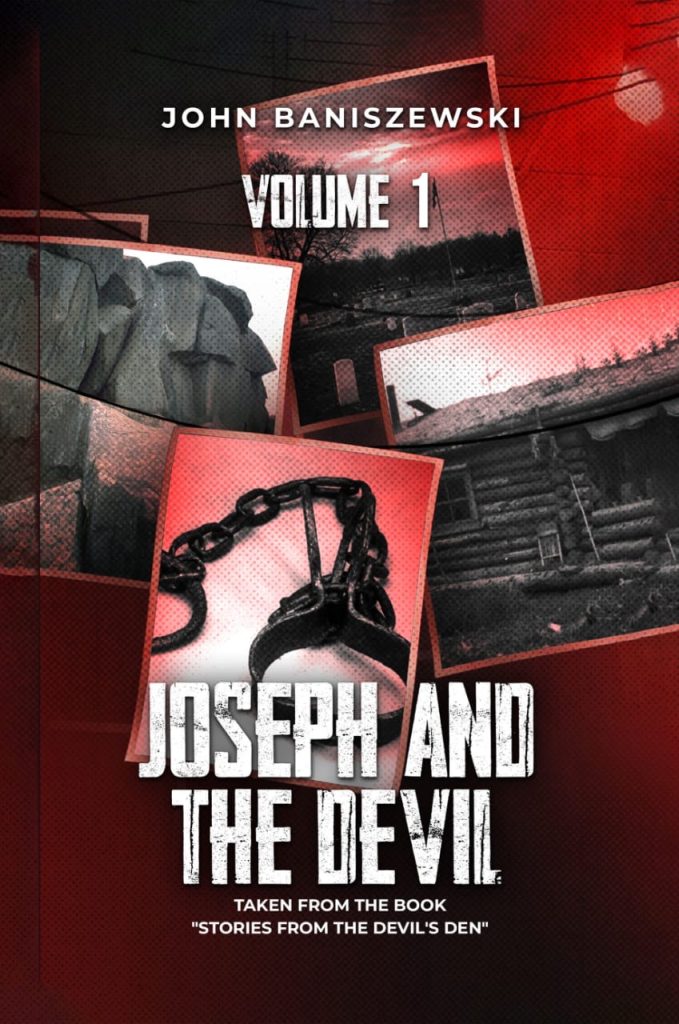
Literary Imagination Rooted in History
John Baniszewski’s unique literary voice is shaped by a career steeped in both science and history. For 35 years, he worked at NASA’s Goddard Space Flight Center, a world of precision and inquiry. In 2002, his passion for American history led him to become a Licensed Battlefield Guide at Gettysburg National Military Park, where he’s conducted over 3,000 tours. His inspiration struck during one such tour at the Devil’s Den when asked for a ghost story, he invented one on the spot. Dissatisfied with the improvised tale, he went home and rewrote it. That spark led to eleven more stories.
Stories from the Devil’s Den was born not from a desire to fictionalize history, but to explore how fictional characters might deal with real landscapes of trauma and redemption. The result is a collection of self-contained stories, each exploring different timelines but connected by a common spiritual ground: the haunted and hallowed site of Gettysburg’s Devil’s Den.

Joseph and The Devil: A Tale of Endurance and Reckoning
Among the most powerful entries is Joseph and the Devil, which charts the agonizing journey of Joseph, a free-born African-American man swept into bondage and brutality during the Civil War. Struggling with themes of vengeance and forgiveness, the story follows Joseph from Gettysburg to distant lands and back again, culminating in a spiritual battle greater than any physical war.
This story cries out for cinematic adaptation, offering an emotional arc reminiscent of films like 12 Years a Slave or Glory. Joseph’s internal struggle, paired with the historical aspects and supernatural undertones, offers a layered and gripping narrative perfect for a prestige historical drama. Thematically, it would challenge audiences to consider the true cost of war—not just in lives lost, but in spirits broken and healed.
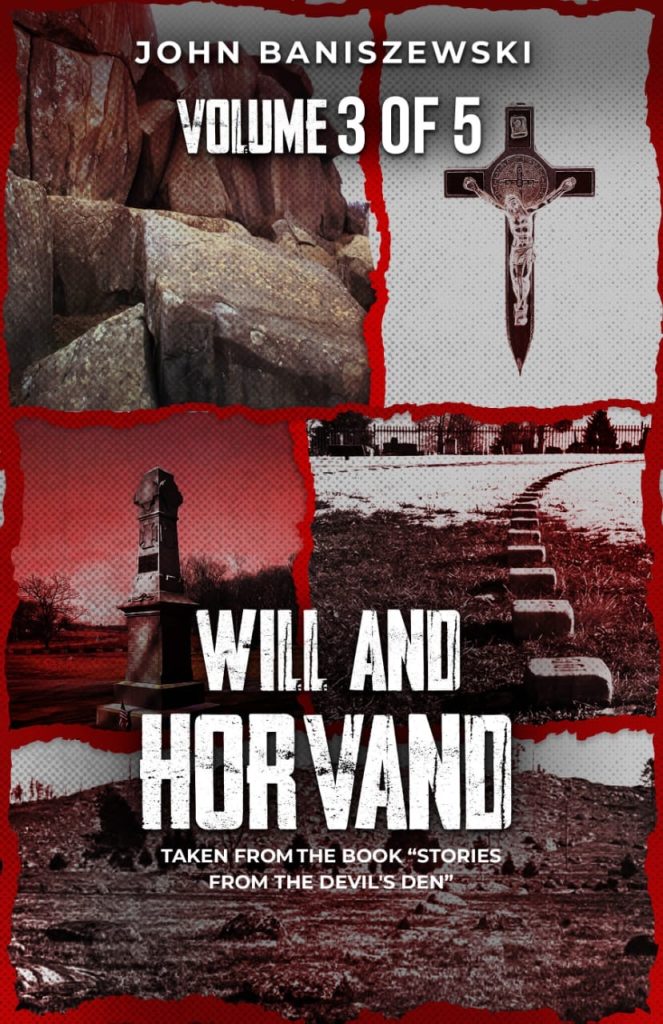
Jubal and Elizabeth: The Ghosts of War and the Echo of Love
In Jubal and Elizabeth, the battlefield becomes a character itself. Jubal, a sharpshooter, and Elizabeth, a compassionate civilian, find their fates entangled amid supernatural whispers at Devil’s Den. Their individual paths, marked by duty, sacrifice, and eerie encounters, converge in a tale that defies temporal logic.
This story blends the aesthetics of war films like Cold Mountain with the spectral romance of The Others. With sweeping Appalachian vistas, war-torn intimacy, and the eerie presence of something otherworldly, Jubal and Elizabeth could thrive as a haunting, slow-burn feature that explores how love and violence leave spectral footprints.
Will and Horvand: Echoes of Trauma
Set after the war’s end, Will and Horvand examines the generational impact of Gettysburg. Will, a young boy visiting with his mother, and Horvand, a battle-scarred veteran returning to face his demons, each navigate a landscape still echoing with pain.
The dual narrative structure lends itself to a layered film—part coming-of-age story, part introspective psychological drama. Its style would appeal to fans of The Tree of Life or Atonement, where the trauma of history is not just told but felt through layered imagery and meditative pacing. In the right hands, it could become a deeply moving exploration of how places remember.
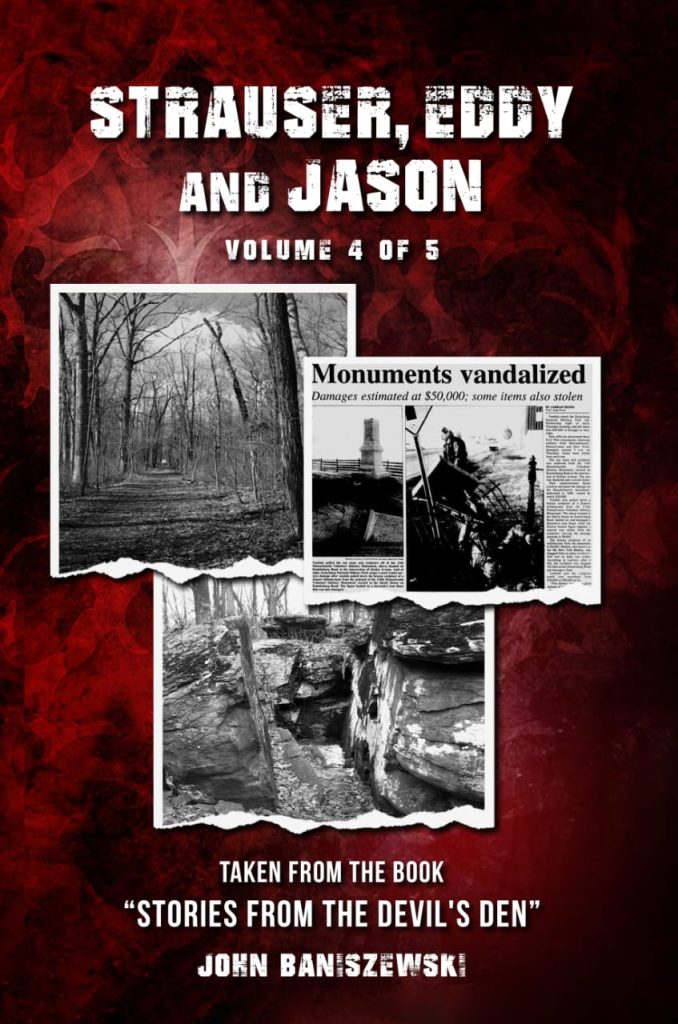
Strauser, Eddie, and Jason: A Supernatural Trilogy
This triptych of tales interweaves modern-day desecration with Civil War-era hauntings. Strauser’s greed disturbs the dead. Eddie’s vandalism provokes a chilling retribution. Jason’s innocent wish becomes a portal to horror. Together, these stories blend elements of The Twilight Zone, Pet Sematary, and The Sixth Sense.
A natural fit for an anthology horror series like Guillermo del Toro’s Cabinet of Curiosities, these tales explore the consequences of forgetting history and disrespecting the past. Their cautionary tone and vivid set pieces would thrive in episodic storytelling, with each segment plunging viewers into different eras but always returning to the cursed soil of Devil’s Den.
Jeannie and Jan: Across Time, Across Stars
With Jeannie and Jan, Baniszewski steps boldly into speculative fiction. Jeannie, a present-day woman with a psychic connection to Gettysburg, shares space with Jan, a historian from the Confederation of Outer Planets a thousand years in the future. Though temporally distant, their stories converge in themes of memory, loss, and the eternal quest for understanding.
With its interplanetary scope and emotional depth, this narrative would be a brilliant candidate for a philosophical sci-fi adaptation in the vein of Arrival or Interstellar. It’s a love story, a mystery, and a commentary on the enduring power of historical memory, all told through a poetic, cosmic lens.
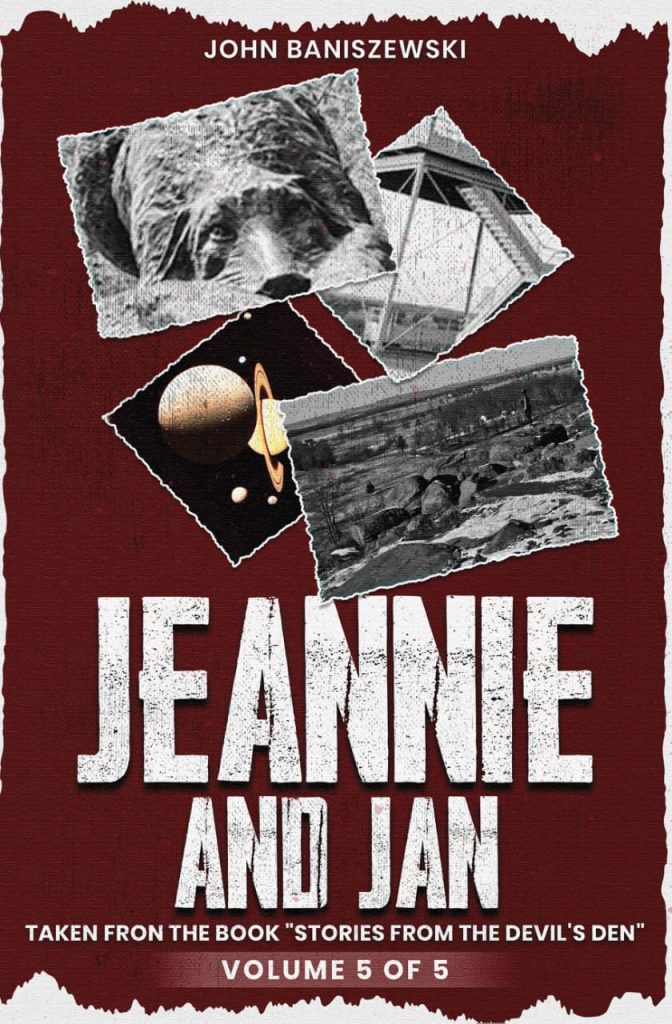
A Cinematic Legacy in the Making
What makes John Baniszewski’s Stories from the Devil’s Den so ripe for adaptation is not just the presence of ghosts or the drama of war. It is his singular ability to humanize the metaphysical, to ground the supernatural in the flesh-and-blood experiences of ordinary people. Whether it’s Joseph’s inner torment, Elizabeth’s stoic grace, or Jan’s alien awe, each character offers an entry point into the eternal questions: Who are we without our histories? What ghosts do we carry? Can healing ever be complete?
Takeaway
Baniszewski’s work does not offer easy answers, but it does offer unforgettable images and deeply cinematic arcs. His stories could live on as powerful films or series that take audiences to a never truly silent battlefield.
John Baniszewski may have spent decades exploring the stars at NASA, but with these stories, he has unearthed something equally vast: the hidden cosmos within ourselves, mapped across time and memory, and illuminated by the flickering light of history.
Connect with John Baniszewski:
Website | Facebook | Instagram | X (Formerly Twitter)
